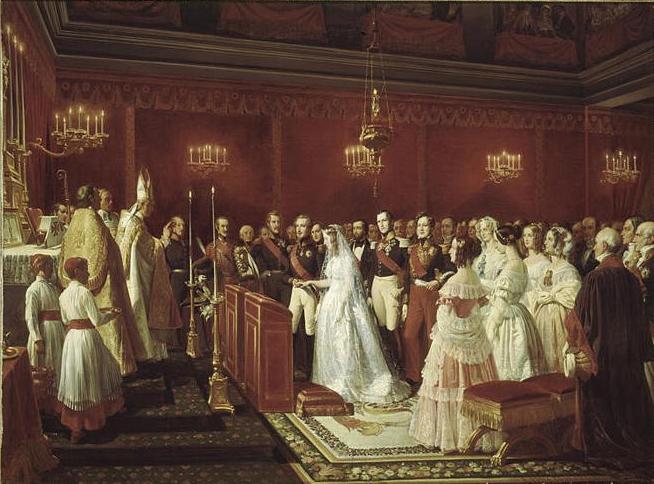
The recent decision by the Supreme Court of the United States (SCOTUS) mandating legalization of same-sex marriage has changed the legal definition of marriage that has existed since well before the nation’s founding. In broadening the definition of marriage to include same-sex couples, the court majority cited the due process and equal protection clauses of the 14th amendment to the Constitution. The essential justification was that government recognition of marriage is a fundamental right and that the definition of marriage as a union between one man and one woman arbitrarily discriminated against same-sex couples.
Before addressing the further legal ramifications of the ruling, consider these 3 possible components of a marriage:
- Personal Marriage
Personal marriage is the agreement between two or more persons to form a permanent union (until dissolved). This commitment can be undertaken privately between persons or with friends and family present, but there is no necessity for religious or government sanction. A couple that lives together and merges their social and economic lives (e.g. identify as married or permanently joined, purchase a house) is an example of a marriage that is just personal.
- Religious Marriage
Religious marriage receives sanction from a religious organization. The couple is bound by the requirements of the religion for creating and dissolving the marriage, but there are no legal ramifications of the marriage.
- Civil Marriage
Civil marriage is sanctioned by a state government and recognized by the federal government. Engaging in civil marriage confers benefits and imposes responsibilities upon the betrothed. The benefits include favorable tax treatment, inheritance, government benefits (e.g. Social Security, Medicare, disability), medical decision-making, and other benefits from government and private entities. The principal legal obligations of civil marriage are defined by laws regulating its dissolution.
The SCOTUS ruling appears to also open the door to other types of unions, including various forms of polygamy, in spite of protestations by some of its opponents. The argument that polygamy supporters will use is simple: Limiting marriage to two individuals is as arbitrary as limiting marriage to one man and one woman. It may take a great deal of litigation, but there seems to be no rational argument against polygamy in light of this decision.
(Authors Note: The traditional definition of “polygamy” is the union of one man with multiple wives (polygyny), one woman with multiple husbands (polyandry), or multiple husbands and wives (group marriage). With the legalization of same-sex marriage, even the definition of polygamy must be changed. For the purposes of this article, “polygamy” refers to any marriage comprised of more than two persons. )
So, assuming monogamy is the next marital barrier to fall, how will the government handle conferring benefits on multiple parties to a marriage as opposed to just two? How many laws and policies of the government and private entities would have to change to support polygamy?
The federal and state governments can get ahead of this problem with these 2 actions: Get out of the business of legally sanctioning marriages and stop granting benefits to married couples. Here are the reasons to do this:
- It keeps the government “out of the bedroom.” Long a rallying cry for those wishing to strike down laws regulating consensual sexual activity, this concept applies to civil marriage also. Implicit in marriage laws and policies is the assumption of a sexual relationship. Laws in many states addressing consummation, common-law marriage, and divorce explicitly address the sexual aspect of relationships and intrude into the private lives of married and cohabiting couples.
- Marriage laws are not needed to address child rearing and child custody. With so many children born out of wedlock or with divorced parents, this horse has long left the barn.
- Providing benefits only to married couples discriminates against those who are not married, do not wish to marry, or simply can’t secure a marriage partner.
The replacement for civil marriage should be a civil union that is accessible to any group of two or more adults for the purposes of inheritance, medical decision-making, communal property, etc. These unions could take the form of a standard civil contract that can be modified by the parties within the boundaries of the laws regulating these unions.
So, if two elderly sisters want to form a civil union, they can. A man and a woman? Yes, even if they are brother and sister. Five men and seven women? Yes, and it’s nobody’s business why they want a civil union. These unions will not have anything to do with sexual relationships or “romantic” love.
Culturally, this will take some getting used to. “Traditional” marriages will continue to exist, and will be regulated by the parties and by their religion as they wish. And the government will be out of it.
 Thought Widget get learnt
Thought Widget get learnt



